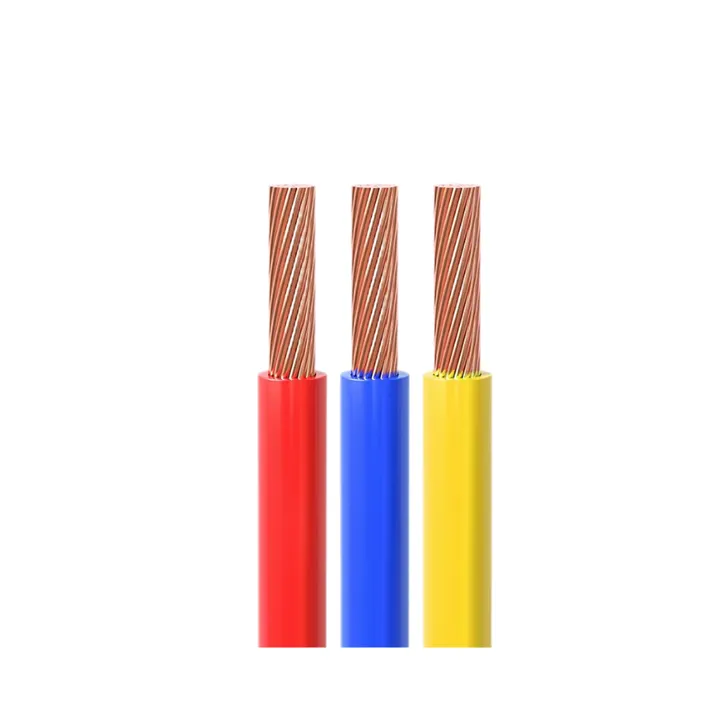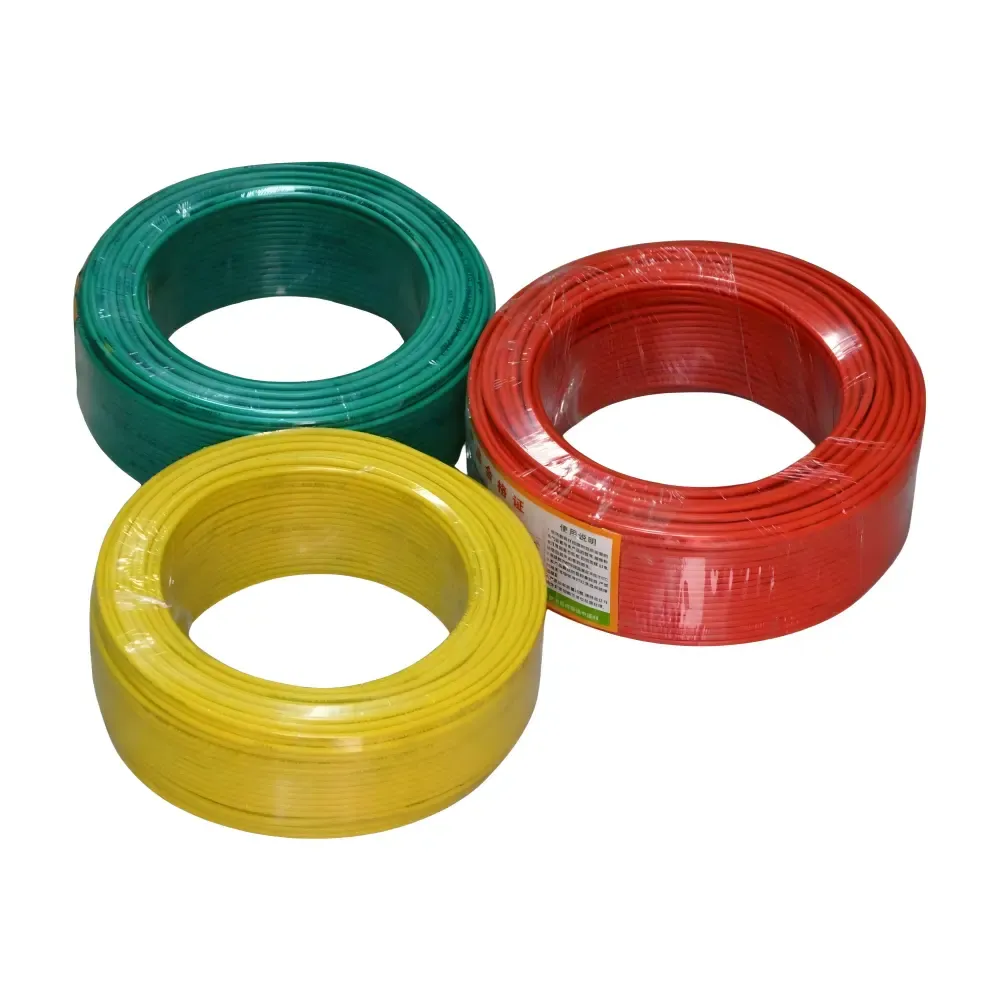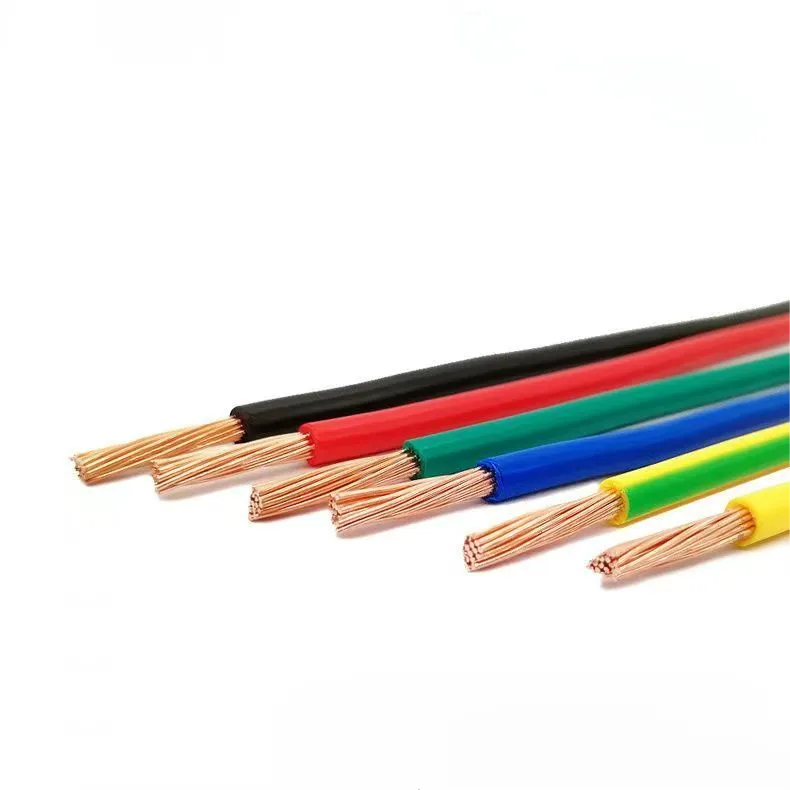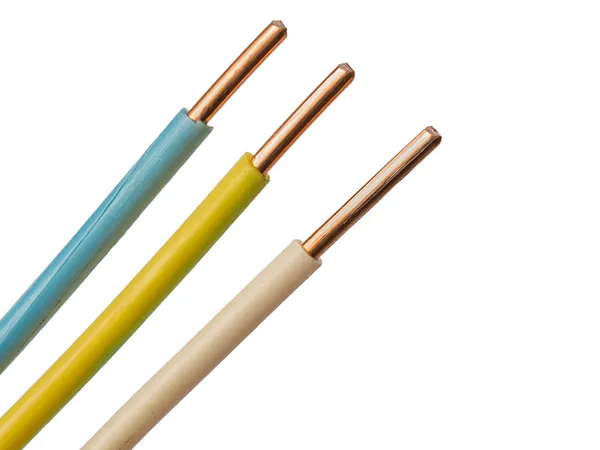Top Cable Solutions for Smart Grid Infrastructure
Time: 2025-07-06 11:22:55
Source: Henan Province Jianyun Cable Co., Ltd.
Smart grid infrastructure integrates digital technologies, sensors, and two-way communication to enhance efficiency, reliability, and sustainability in electricity distribution. Cables are critical components, enabling robust power transmission and real-time data exchange. They must support renewable energy integration, handle variable loads, and ensure resilience in complex environments. Manufacturers like Henan Province Jianyun Cable Co., Ltd., known for their low-voltage, medium-voltage, and specialized cables, provide solutions tailored for smart grid applications. This guide outlines the top cable solutions for smart grid infrastructure, their features, and key considerations, presented in a formal and structured manner.
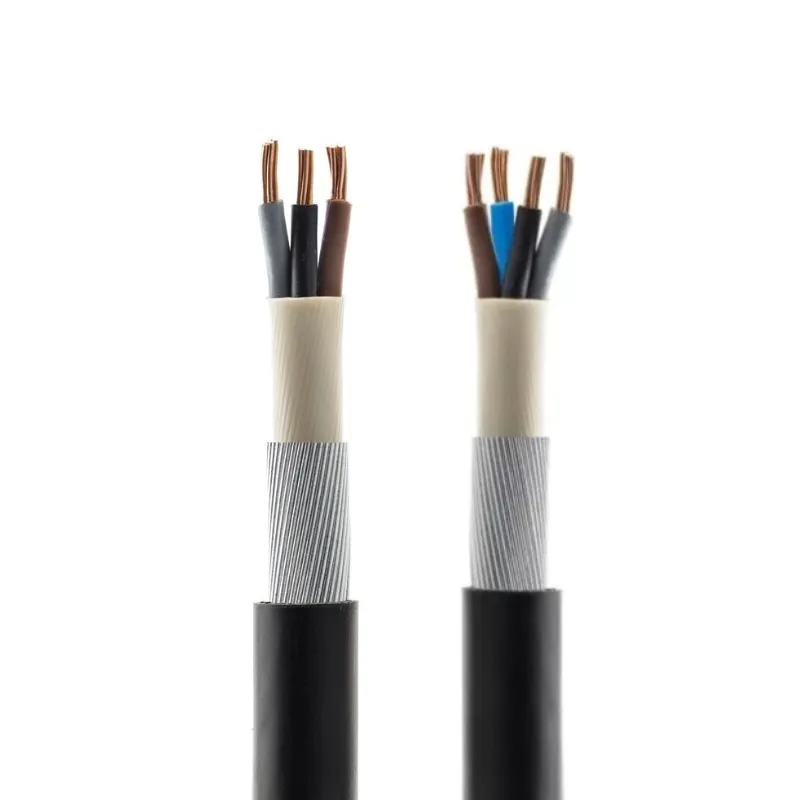
Table of Contents
1. Requirements for Smart Grid Cables
Smart grid cables must meet stringent requirements to support advanced functionalities, including real-time monitoring, renewable energy integration, and resilience against environmental and cyber threats. Key requirements include:
-
High Electrical Performance: Support low, medium, or high voltage with minimal transmission losses, suitable for dynamic loads and bidirectional power flows.
-
Data Transmission Capability: Enable power-line communication (PLC) or integrate with fiber optic systems for real-time data exchange between smart meters, sensors, and control systems.
-
Environmental Resilience: Withstand moisture, soil corrosion, and temperature variations (e.g., -40°C to 120°C) for underground or outdoor installations.
-
Mechanical Strength: Resist physical stresses from installation (e.g., trenching) or soil pressure, often requiring armoring.
-
Cybersecurity: Support secure communication protocols to protect against cyber threats, as smart grids are vulnerable to attacks due to interconnected devices.
-
Regulatory Compliance: Meet standards like IEC, UL, or CE, including CPR (Construction Products Regulation) for fire performance in the EU.
2. Top Cable Solutions
The following cable types are optimized for smart grid infrastructure, addressing power transmission, data communication, and environmental challenges.
2.1 Medium-Voltage XLPE-Insulated Cables
-
Description: Medium-voltage (1–35kV) cables with cross-linked polyethylene (XLPE) insulation, designed for efficient power distribution in smart grids.
-
Features: Copper or aluminum conductors, metallic shielding (e.g., copper tape), and optional steel wire/tape armoring. Outer sheaths use PVC or polyethylene (PE) for moisture resistance.
-
Applications: Urban smart grids, renewable energy integration (e.g., solar, wind), and industrial power distribution.
-
Examples: N2XSY (single-core, copper), NA2XSY (aluminum), offered by manufacturers like Jianyun Cable.
-
Advantages: High dielectric strength, low transmission losses, and suitability for underground or ducted installations. Supports integration with smart grid sensors.
-
Standards: IEC 60502-2, UL 1072.
2.2 Low-Smoke, Zero-Halogen (LSZH) Cables
-
Description: Cables with LSZH materials that emit minimal smoke and no toxic halogens during fire exposure, ideal for safety-critical smart grid applications.
-
Features: Copper or aluminum conductors with XLPE insulation and LSZH sheaths, often armored for underground use.
-
Applications: Smart grids in tunnels, metro systems, or densely populated areas requiring enhanced fire safety.
-
Examples: LSZH versions of YJV or N2XSY cables, available from Jianyun Cable.
-
Advantages: Enhanced safety, compliance with strict fire regulations, and suitability for confined spaces.
-
Standards: IEC 60754, IEC 61034, EN 50575.
2.3 Power-Line Communication (PLC) Cables
-
Description: Cables designed to transmit both power and data, enabling real-time communication for smart grid applications like advanced metering infrastructure (AMI).
-
Features: Copper conductors with robust insulation (e.g., XLPE, PVC) and shielding to minimize electromagnetic interference. Supports narrowband (NB-PLC) or broadband (BB-PLC) communication.
-
Applications: Smart metering, remote monitoring, and demand response programs in smart grids.
-
Advantages: Utilizes existing power infrastructure for data transmission, reducing the need for separate communication lines. Cost-effective for AMI and remote telemetry.
-
Standards: IEEE 1901, IEC 61334.
2.4 Hybrid Fiber-Power Cables
-
Description: Cables combining power conductors and fiber optic elements for simultaneous power transmission and high-speed data communication.
-
Features: Copper or aluminum power conductors bundled with fiber optic strands, encased in a durable sheath (e.g., PE) with optional armoring.
-
Applications: Smart grid communication networks, connecting substations, smart meters, and control centers with high-bandwidth data needs.
-
Advantages: High-speed, secure data transmission for real-time grid monitoring and control. Ideal for IoT and automation in smart grids.
-
Standards: IEC 60794, ITU-T G.652.
2.5 Armored Direct Burial Cables
-
Description: Cables designed for direct burial in smart grid installations, featuring enhanced mechanical and environmental protection.
-
Features: Copper or aluminum conductors with XLPE or EPR insulation, steel wire/tape armoring, and moisture-resistant sheaths (e.g., PE).
-
Applications: Rural smart grid deployments, renewable energy connections, and areas with harsh soil conditions.
-
Examples: Armored YJV or USE-2 cables, as offered by Jianyun Cable.
-
Advantages: Eliminates the need for conduits, reducing installation costs. High resistance to moisture and mechanical stress.
-
Standards: UL 854, IEC 60502-1.
2.6 Smart Cable Accessories
-
Description: Advanced cable accessories (e.g., joints, terminations) with integrated sensors for real-time monitoring of cable health and grid performance.
-
Features: Embedded sensors for temperature, partial discharge, or fault detection, often paired with communication modules for data transmission.
-
Applications: Predictive maintenance and fault detection in smart grid distribution networks.
-
Advantages: Enhances grid reliability by identifying weak spots before failures occur, reducing outages and maintenance costs.
-
Standards: IEC 60071, IEEE 404.
3. Comparison of Cable Solutions
|
Cable Type
|
Voltage Range
|
Key Features
|
Applications
|
Standards
|
|
Medium-Voltage XLPE
|
1–35kV
|
XLPE insulation, shielding, armoring
|
Urban grids, renewable integration
|
IEC 60502-2, UL 1072
|
|
LSZH Cables
|
Low to Medium Voltage
|
Low-smoke, halogen-free, armored
|
Tunnels, metro systems
|
IEC 60754, EN 50575
|
|
PLC Cables
|
Low to Medium Voltage
|
Data and power transmission, EMI shielding
|
Smart metering, demand response
|
IEEE 1901, IEC 61334
|
|
Hybrid Fiber-Power
|
Low to High Voltage
|
Power conductors, fiber optics, armoring
|
High-speed grid communication
|
IEC 60794, ITU-T G.652
|
|
Armored Direct Burial
|
Low to Medium Voltage
|
Armoring, moisture-resistant sheath
|
Rural grids, harsh environments
|
UL 854, IEC 60502-1
|
|
Smart Cable Accessories
|
Varies
|
Integrated sensors, communication modules
|
Predictive maintenance, fault detection
|
IEC 60071, IEEE 404
|
4. Implementation Considerations
Selecting and implementing cable solutions for smart grids requires careful planning to ensure compatibility and performance.
-
Integration with Smart Grid Systems: Ensure cables support integration with smart meters, IoT devices, and automation systems for real-time monitoring and control.
-
Cybersecurity Measures: Use cables with secure communication protocols (e.g., encrypted PLC or fiber optics) to protect against cyber threats.
-
Installation Environment: Choose cables based on installation type (direct burial, ducted, or in conduits) and soil conditions (e.g., corrosive or rocky soils).
-
Supplier Expertise: Partner with manufacturers like Jianyun Cable, who offer certified cables and customization for smart grid applications.
-
Testing and Validation: Conduct pre-shipment inspections, including electrical tests (e.g., insulation resistance, voltage withstand) and data transmission tests for PLC or fiber cables.
-
Cost vs. Performance: Balance initial costs with long-term benefits like reduced outages and maintenance, especially with smart cable accessories.
5. Conclusion
Smart grid infrastructure relies on advanced cable solutions to enable efficient power transmission, real-time data communication, and renewable energy integration. Medium-voltage XLPE cables, LSZH cables, PLC cables, hybrid fiber-power cables, armored direct burial cables, and smart cable accessories are among the top solutions, each addressing specific smart grid needs. By selecting cables that meet stringent electrical, environmental, and cybersecurity requirements, and partnering with reputable manufacturers like Henan Province Jianyun Cable Co., Ltd., utilities can build resilient and sustainable smart grids. Careful consideration of installation conditions, compliance with standards, and integration with digital systems ensures optimal performance and long-term reliability for smart grid infrastructure.

